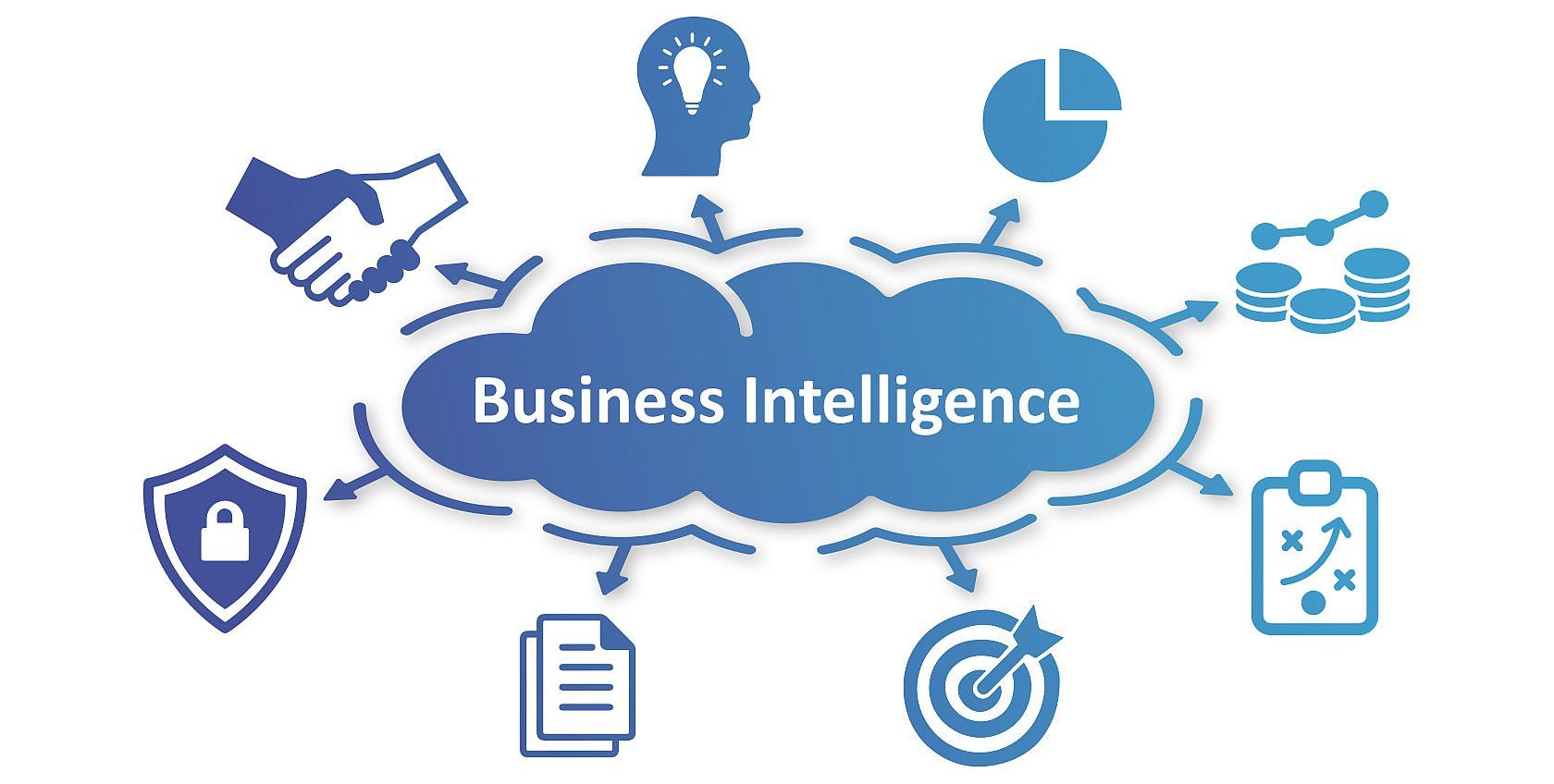Data is the most crucial resource in modern day business. It has the power to make or break an organisation. Power BI and Microsoft Fabric are powerful tools that companies make use of to maximize the value of data. These platforms are the foundation of business analytics and when coupled with Azure Data Factory become an unstoppable powerhouse.
Power BI Your Business Intelligence Companion
Power BI by Microsoft is a powerful business intelligence tool that lets businesses visualize and communicate their information. It lets users build interactive dashboards and reports using raw data to create practical insight.

It doesn’t matter if you’re a small-scale startup or a huge business, Power BI adapts to your requirements. It seamlessly integrates with a variety of data sources and makes it easy to consolidate information from multiple systems and databases. Its intuitive drag-and drop interface even non-technical users are able to quickly develop insightful reports and analyzes.
The Power BI platform supports real-time processing of data, ensuring you’re always working with most up-to-date data. The platform offers a variety of visualizations that allow users to present data in a digestible, compelling way. Sharing reports and collaboration with colleagues can improve decision-making and promotes a data driven business culture within your organization.
Microsoft Fabric The Weaving of Data Excellence
Microsoft Fabric is the fundamental framework that connects and manages data across various Microsoft services. It’s the fabric that weaves your data into a cohesive useful entity that allows businesses to derive insights seamlessly.
With businesses dealing with ever-increasing volume of data, Microsoft Fabric provides the foundation for data consistency and integrity. Microsoft Fabric integrates an array of applications, including Azure Data Lake Storage (Azure SQL Data Warehouse), Power BI, and many more. The platform’s interconnectivity ensures data flow and insights coming from a variety of sources.
The flexibility of Microsoft Fabric is particularly evident in its capabilities to transform data. It is a great tool to organize data, cleanse and make it ready for analysis, and also ensure that it conforms to the company’s policies on data governance. Microsoft Fabric ensures that your data is accurate secure, reliable and ready to be analyzed.
Azure Data Factory: The Gateway to Data Transformation
Azure Data Factory is another essential component in the modern business intelligence landscape. It’s a cloud-based information integration tool that lets you build, plan and manage workflows that are data-driven. Through orchestrating data movement and transformation of data, Azure Data Factory paves the way for meaningful insight.
One of the major benefits of Azure Data Factory is its versatility in connecting to a variety of data sources. In the event that your data is stored on-premises or is in the cloud, it is able to be seamlessly integrated, ensuring you have a holistic view of your data ecosystem. The platform is able to handle the processing of batch data, real time data streams and big data analytics. This makes it suitable for various use cases.
Azure Data Factory has a visually-oriented user interface that eases designing data pipelines. It’s easy to design and schedule data workflows even if you’re not a pro at coding. Users can be in charge of data integration and self-service data prep.
Power BI, Microsoft Fabric and Azure Data Factory: The Power Trio
If Power BI is combined with Microsoft Fabric and Azure Data Factory and Azure Data Factory, they form an exciting trio that can revolutionize data analytics. These three technologies can work in synergy:
1. Data Integration Azure Data Factory can connect to a variety of sources of data and make sure that your data is available. Microsoft Fabric orchestrates the data from various services using this data integration feature. This ensures that your data has been well-organized, cleaned, before it can be used for Power BI analysis.
2. Data Transformation: Microsoft Fabric is a essential component of data transformation. It lets you transform your data to meet your preferences. Whether it’s data wrangling, cleansing or transforming, the fabric ensures that the data is in good shape for meaningful analysis.
3. Power BI is able to be a part of your data after it is analyzed and refined. It lets you create visually appealing reports and dashboards that make the data simpler to comprehend. You can share the insights with your team, encouraging decision-making based on data.
4. Scalability: Azure Data Factory is capable of scaling to accommodate growing volumes of data. Power BI combined with Microsoft Fabric offers stable data as your company expands.
5. Real-time Insights: Using real-time data processing capabilities, Power BI and Azure Data Factory give you the most current information which are essential for making quick decisions.
Conclusion
The world of business intelligence is rapidly changing and organizations must harness the power of data to stay ahead. Power BI combined with Microsoft Fabric and Azure Data Factory can take your business analytics to a new level. The three tools will allow you to create stunning visuals, maintain consistent data quality, and simplify your data-related workflows. Explore the full potential of data using business intelligence.